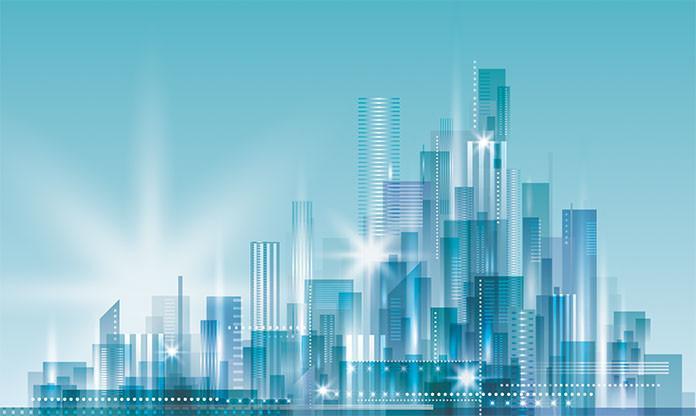From the first utterance of “Let there be light,” to dramatically altering civilization with the prevalence of electricity, light has always been significant to our world.
Today, we’re a society that spends an average of 93 percent of our lives within the built environment according to the EPA. Lighting is not only related to our overall health, it’s a significant line item on the spreadsheets of building owners and managers. A couple of findings have placed light front and center of home and business operations in recent years.
Lighting is correlative to well-being
Studies have long suggested that lighting is related to depression, mood and a feeling of well-being. Recent research suggests correlations to neurological diseases such as Parkinson’s and Alzheimer’s disease.
Humans live by the cycle of light. Artificial light that deviates from the natural lighting cycle throws off circadian rhythms potentially breaking sleep cycles, and the body’s natural defenses found in the immune system.
The remarkable color and performance range of LED lighting, and the ability to engineer it to emulate any variation of natural light is already widely used in agriculture to manipulate and enhance plant growth. Hospitals use LEDs to control the color temperature of environments and improve patient outcomes, even hospital staff mood and performance.
Just as apartments once navigated toward on-site exercise facilities, lighting is making its way to the resident’s field of vision for health, convenience and cost savings.
“We’re seeing a strong and steady movement toward LED,” said Tom Spangler, EVP of LED with Utility Revenue Services (URS) headquartered in Dublin, Ohio. “Once you’ve lived with LED lighting, it’s hard to go back. The lighting is that much better. Other features like lower heat output in the summer may not be immediately obvious. You’re A/C will run less because of the cooler room.” Spangler spent a decade as UDR’s SVP of ancillary services before moving to Greystar as energy manager, and then on to URS to head their LED division.
“The business model on LED lighting is one of those things that is about to explode and frankly, I want to have a front seat,” he said. As strictly a business model, LED lighting uses 75 percent less energy and lasts 25 times longer than incandescent lighting, and the price continues to fall. The numbers are significant, but property owners continue to hesitate. Because of the upfront costs, retrofitting an entire community when it already has working lights is rarely a priority and is typically usurped by other more obvious capital investments.
Green financing, the growing importance of energy efficiency ratings and the rising service costs of existing lighting continue to add pressure to finding a solution. And where there’s a pay-off, there’s a way, which is already in use in other commercial verticals such as facilities, hotels and hospitals.
Energy efficiency as a service
“It’s hard not to get caught up in the energy savings as a facilities manager,” said Spangler. “In my years with UDR, we targeted investments with far less pay-off than today’s LED model. Multifamily property management is a nickel and dime business. Every once in a while you get a big game changer like LED.”
Even the model for expensing an LED lighting retrofit has changed with the rise of energy efficiency requirements in federal and local regulations and for certain funding mechanisms and with the falling price and rising performance of LED fixtures. That doesn’t even begin to account for the advent of sensors and the whole new world of operations that brings.
Beyond retrofitting, there’s also financing. Last year alone Fannie Mae issued over $27 billion in low-interest finance loans for energy efficiency retrofit projects within the multifamily housing industry.
The latest trend, and one opening a completely new line of pay-off, is energy-efficiency as a service, whereby the property owner rents LED lighting. This model not only delivers a no-cost point of entry, but places the onus for design, planning, implementation and procurement on the shoulders of the lighting provider.
“Leasing LED lowers the investment threshold,” said Spangler. “Leaving the owner to sit back and simply reap the benefits of LED across their portfolio.”
If success sells, the growth of this segment is proof. Navigant Research projects that global lighting as a service revenue will grow from a $662.6 million market in 2017 to $2.6 billion by 2026.
“This shift provides owners with a full-scale offering from audit and design to installation to management and maintenance of the system,” said Spangler. “It’s a value proposition that’s hard to beat.”
















